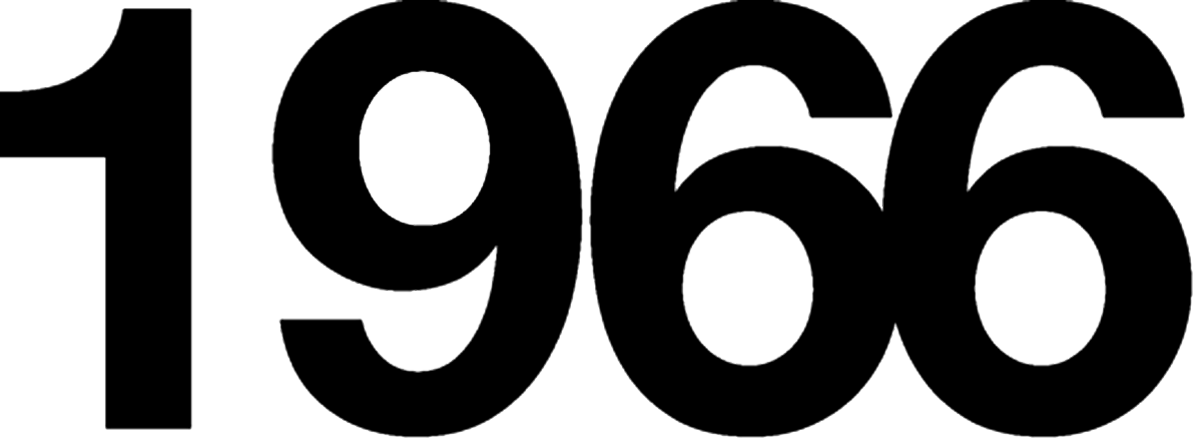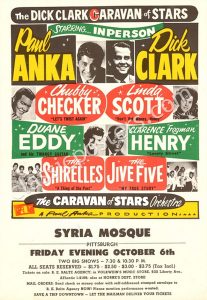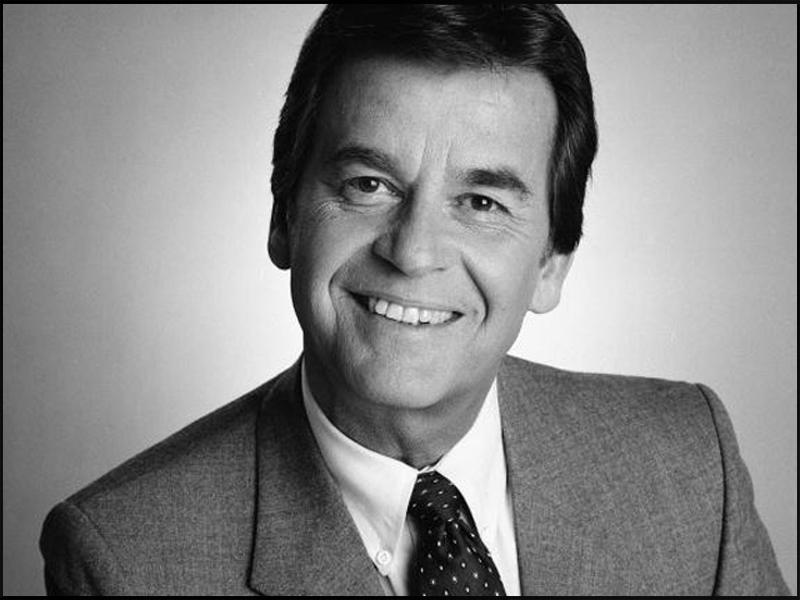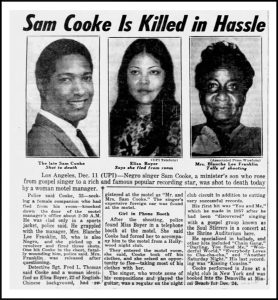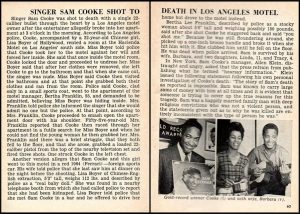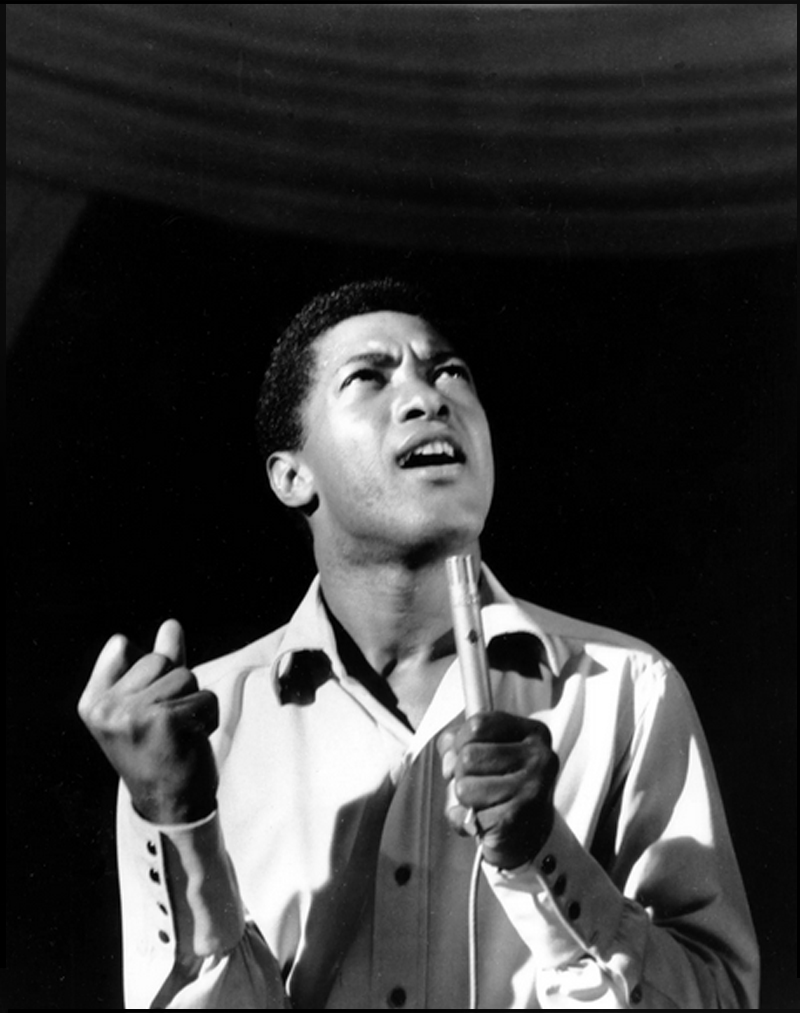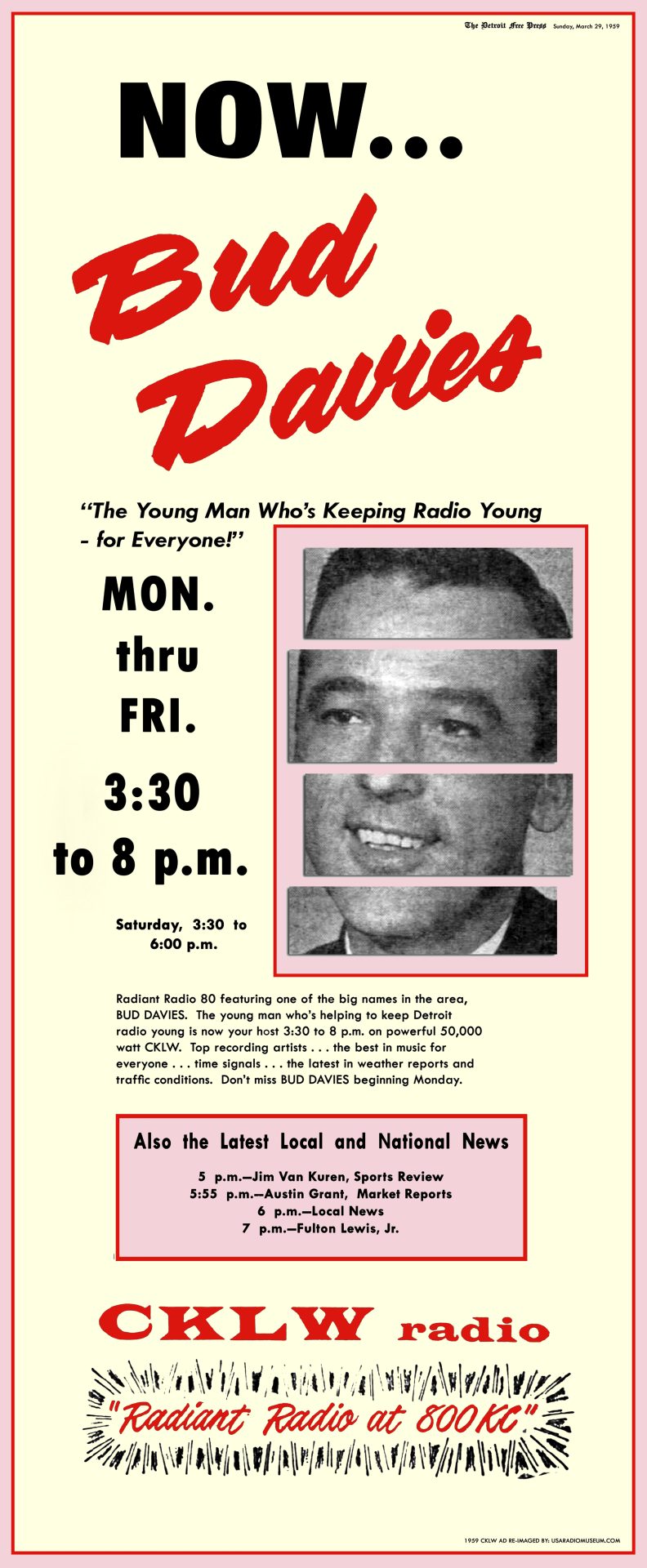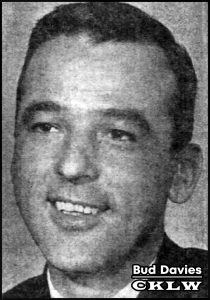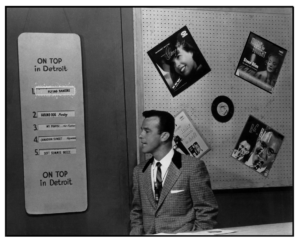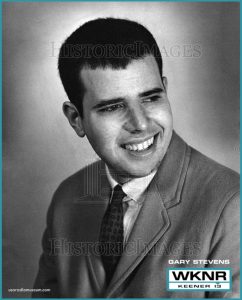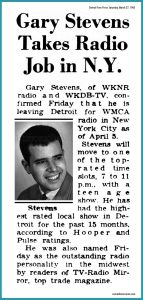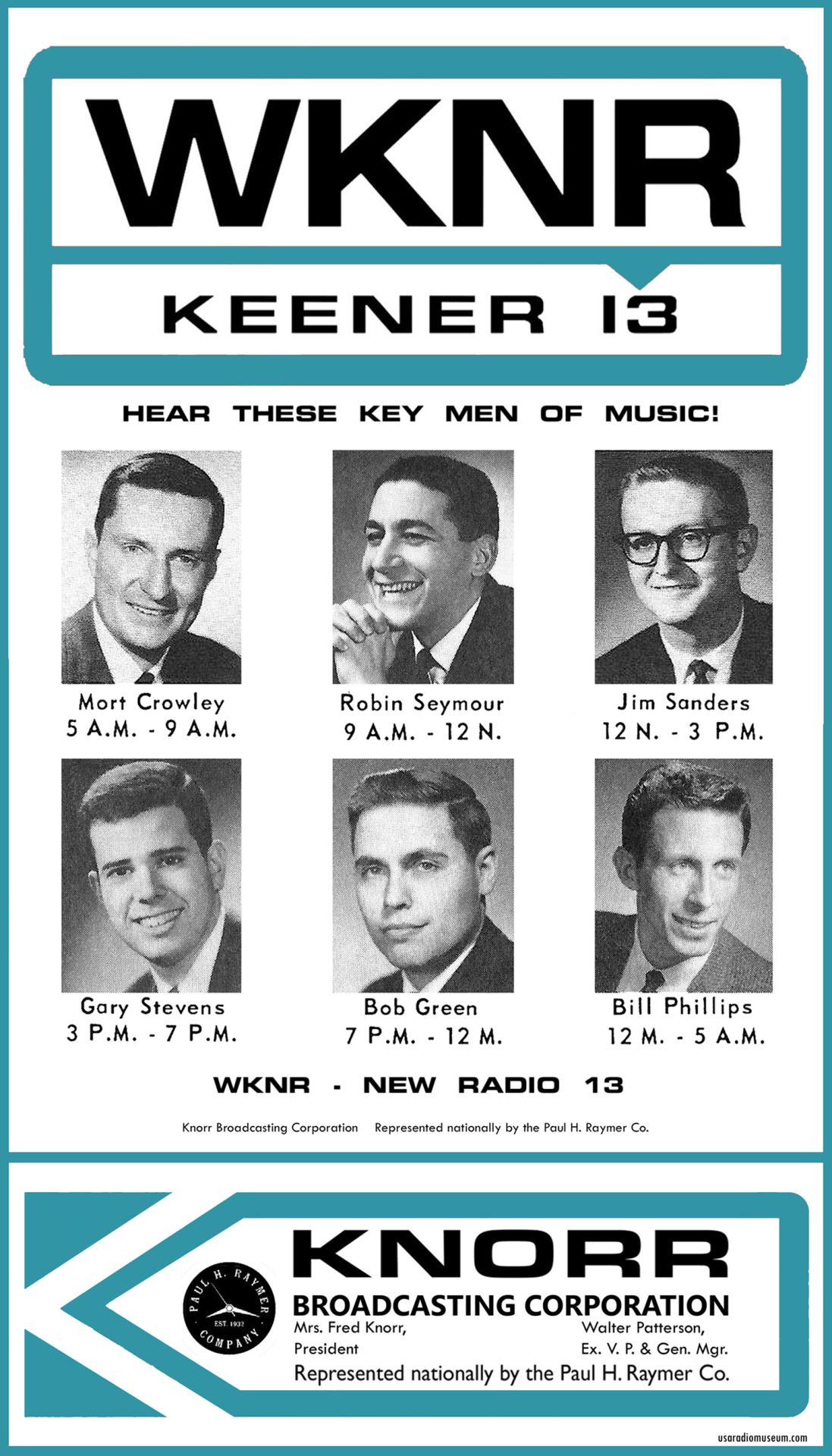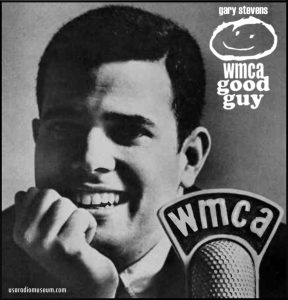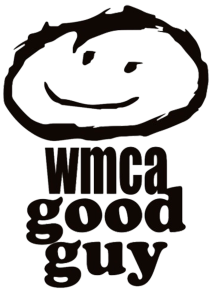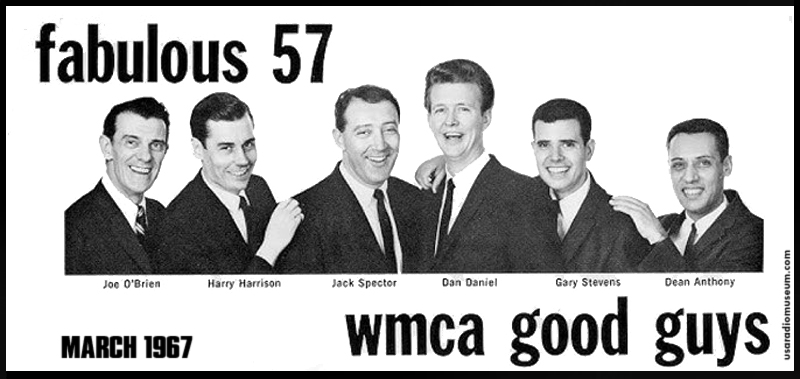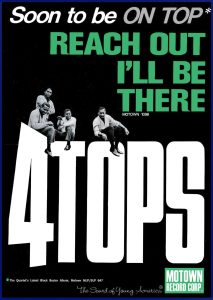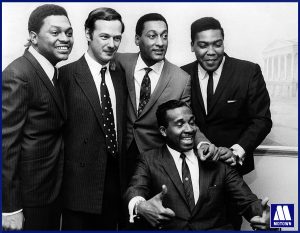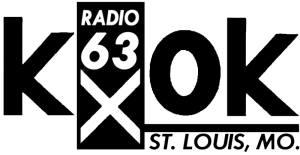 Mr. Sinatra — A New Radio Show
Mr. Sinatra — A New Radio Show
_____________________
A New Era for Sinatra Fans: “Mr. Sinatra, His Music, His Life” Debuts on Real Oldies Music Radio
Jim Hampton | January 29, 2025
For lovers of the smooth, timeless voice of Frank Sinatra, Wednesday nights are about to become an event. Every Wednesday at 6 PM Eastern, Real Oldies Music Radio is launching a brand-new weekly show: “Mr. Sinatra, His Music, His Life”—a heartfelt tribute to the legendary crooner whose voice defined the 20th century.
A Treasure Trove of Sinatra Classics
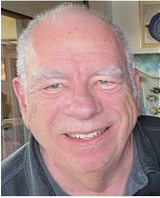 Hosted by renowned radio personality Jim Hampton, this special program will showcase Sinatra’s greatest songs—from his early big band days with Tommy Dorsey to his golden years as the Chairman of the Board. The show will draw from an extensive library of over 1,000 Sinatra recordings, ensuring that both fan-favorites and rare gems make it to the airwaves.
Hosted by renowned radio personality Jim Hampton, this special program will showcase Sinatra’s greatest songs—from his early big band days with Tommy Dorsey to his golden years as the Chairman of the Board. The show will draw from an extensive library of over 1,000 Sinatra recordings, ensuring that both fan-favorites and rare gems make it to the airwaves.
More Than Just the Music
While Sinatra’s music alone is enough to captivate an audience, the show promises much more. Listeners can expect:
🎙️ Insider stories behind the songs, the sessions, and Sinatra’s legendary career.
📻 Rare and live recordings from concert performances and radio broadcasts.
🎶 Surprises & guest segments, featuring fellow musicians, Sinatra historians, and even fans sharing their memories.
An Invitation to Relive the Golden Era
Sinatra’s music is more than entertainment—it’s a connection to an era of class, romance, and timeless storytelling. With Jim Hampton as the curator and guide, each episode will be a journey through the Greatest Generation’s soundtrack, reminding us why Sinatra remains one of the most celebrated voices in music history.
Don’t Miss It!
Set a reminder: Wednesdays at 6 PM Eastern on Real Oldies Music Radio. Whether you’re a lifelong Sinatra fan or a newcomer to his genius, this show will be the perfect place to experience the magic of Mr. Sinatra, His Music, His Life.
📻 Where to Listen:
- Live365: Go to Real Oldies Music Radio
- iHeartRadio: Go to iHeartRadio
Experience Sinatra’s timeless classics, curated by Jim Hampton, with surprises and stories that bring Ol’ Blue Eyes’ music to life. Don’t miss it! 🎶
As Ol’ Blue Eyes himself would say, “The best is yet to come!”
![]()






